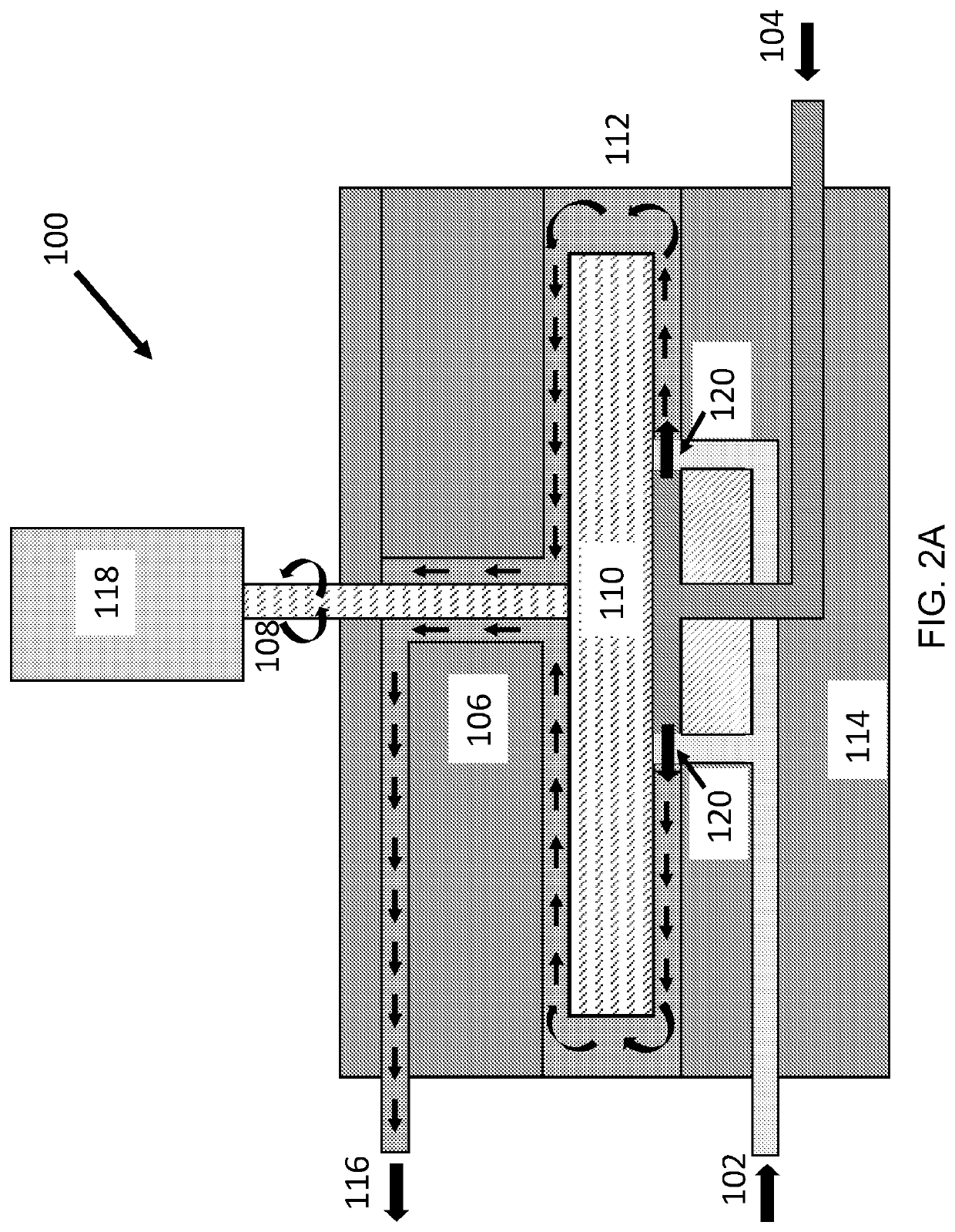A Process for Producing Clean Coal Using Chemical Pre-Treatment and High Shear Reactor
a technology of high shear reactor and chemical pretreatment, which is applied in the direction of liquid carbonaceous fuels, solid fuels, petroleum industry, etc., can solve the problems of large economic and environmental problems, limited application of coal, and large amount of ash residue generated, so as to improve the extraction and removal speed, improve the effect of extractant contact, and clean coal high caloric valu
- Summary
- Abstract
- Description
- Claims
- Application Information
AI Technical Summary
Benefits of technology
Problems solved by technology
Method used
Image
Examples
Embodiment Construction
[0026]The exemplary embodiments disclosed herein are illustrative of an advantageous method of raw coal treatment to remove moisture, ash and other impurities to create a cleaner form of coal.
[0027]Referring now to the drawings, like parts are marked throughout the specification and drawings with the same reference numerals, respectively. Drawing figures are not necessarily to scale and in certain views, parts may have been exaggerated for purposes of clarity.
[0028]FIGS. 1-2B depict an exemplary process of the treatment of coal. It should be understood, however, that FIGS. 1-2B are not to be interpreted as limiting, but merely as the basis for teaching one skilled in the art how to make and use the advantageous systems / methods (e.g., coal treatment) and / or alternative systems / methods of the present disclosure.
[0029]With specific reference to FIG. 1, the treatment process outlines an exemplary coal treatment process. Step 10 involves the procurement of raw coal. Next, at step 20, the...
PUM
| Property | Measurement | Unit |
|---|---|---|
| diameter | aaaaa | aaaaa |
| diameter | aaaaa | aaaaa |
| gap width | aaaaa | aaaaa |
Abstract
Description
Claims
Application Information
 Login to View More
Login to View More - R&D
- Intellectual Property
- Life Sciences
- Materials
- Tech Scout
- Unparalleled Data Quality
- Higher Quality Content
- 60% Fewer Hallucinations
Browse by: Latest US Patents, China's latest patents, Technical Efficacy Thesaurus, Application Domain, Technology Topic, Popular Technical Reports.
© 2025 PatSnap. All rights reserved.Legal|Privacy policy|Modern Slavery Act Transparency Statement|Sitemap|About US| Contact US: help@patsnap.com



